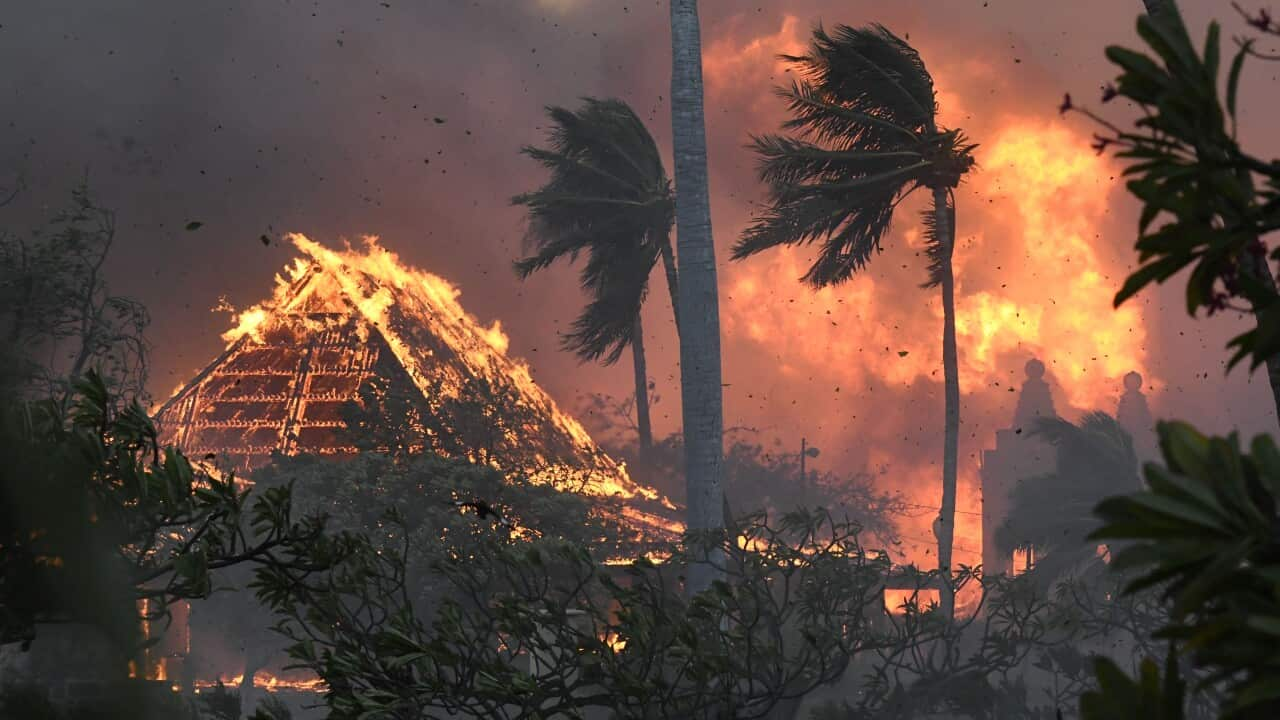From Assessment to Action: Using Your BAL Report to Mitigate Bushfire Ris
Wiki Article
Ensuring Shrub Fire Protection With Appropriate BAL Record Analysis
In the world of bush fire security, the precise analysis of Bushfire Assault Degree (BAL) records stands as a keystone for securing residential or commercial properties against the terrible impact of wildfires. With ecological aspects and property characteristics playing substantial duties in figuring out the level of risk, a comprehensive understanding of BAL ratings comes to be essential. However, the actual essence lies not simply in comprehending these reports but in deciphering them effectively to create tailored fire protection approaches. By diving into the importance of BAL record evaluation, we uncover a world where notified choices pave the course in the direction of boosting building safety and security and durability in fire-prone areas.
Recognizing Bushfire Strike Level (BAL)
In the world of bushfire defense, understanding the Bushfire Assault Level (BAL) is vital for making certain reliable reduction strategies. Recognizing the BAL ranking of a home is essential for property policymakers, owners, and builders to implement ideal actions to guard against bushfire threats.
Relevance of BAL Record Evaluation
A necessary element in bushfire security planning involves the extensive analysis of BAL reports to assess the potential threats and establish suitable mitigation techniques. BAL reports give critical details regarding the potential impact of bushfires on a property based upon numerous aspects such as greenery type, range to possible fire dangers, and slope of the land. Analyzing these records with precision is paramount in creating efficient bushfire protection actions tailored to the specific threat profile of a home.Executing Fire Defense Procedures
Executing reliable fire security measures is vital for protecting properties in bushfire-prone areas. Among the primary methods to enhance fire security is by developing defensible area around structures. This involves clearing up flammable greenery, such as completely dry leaves and branches, within a particular radius of the residential or commercial property. In addition, installing fireproof roof covering materials can help in reducing the risk of ashes igniting the roofing during a bushfire. Correctly kept gutters and screens are likewise necessary to prevent debris build-up that might fuel a fire.In addition, having a appropriate and well-kept water supply, such as a container or pool, can aid firefighters in their initiatives to protect the residential or commercial property. BAL Report. On the whole, carrying out a mix of these fire protection measures can substantially increase the opportunities of protecting properties throughout bushfire occasions.
Mitigating Dangers in Fire-Prone Locations
To fortify properties against bushfire dangers, a strategic focus on mitigating risks in this content fire-prone areas is crucial. One critical facet of threat reduction is keeping defensible room around residential or commercial properties by clearing combustible plant life, ensuring adequate spacing between structures and trees, and employing fire-resistant landscape design techniques.Furthermore, creating or redirected here retrofitting buildings with fire-resistant materials and guaranteeing proper upkeep of roofings, seamless gutters, and external cladding can significantly improve the property's durability to bushfires. Practicing a bushfire and establishing emergency situation strategy with all owners, consisting of evacuation treatments and communication strategies, is also crucial in mitigating dangers effectively. By taking on a positive approach to take the chance of mitigation in fire-prone locations, homeowner can better secure their possessions and boost general bushfire readiness.
Ensuring Home Safety and Durability
Guaranteeing the security and durability of residential or commercial properties in fire-prone areas requires a steadfast commitment to robust precautionary procedures and tactical preparation. Building safety and security starts with applying reliable actions to reduce fire hazards.Resilience, on the other hand, involves the ability of a home to hold up against and recover from a bushfire. This can be boosted via the installment of ash guards on home windows and vents, making sure that access factors for ashes are lessened. In addition, having a well-balanced discharge plan and practicing it frequently can dramatically increase building durability. Working together with neighbors and neighborhood fire authorities can likewise reinforce the safety and security and durability of residential properties in fire-prone areas. By proactively resolving these elements, home proprietors can better protect their possessions and loved ones from the danger of bushfires.
Final Thought
In verdict, guaranteeing bushfire defense through appropriate BAL record analysis is essential for recognizing the level of danger presented by bushfires and executing needed fire security procedures. By alleviating threats in fire-prone areas and ensuring property safety and security and durability, people and communities can better plan for and reply to bushfire events. It is important to prioritize fire precaution to protect lives and residential or commercial property in these risky atmospheres.In the world of bush fire defense, the thorough evaluation of Bushfire Strike Degree (BAL) records stands as a cornerstone for safeguarding properties against the terrible impact of wildfires (BAL Report). Understanding the BAL ranking of a property is crucial for residential property proprietors, builders, and policymakers to carry out proper steps to safeguard against bushfire hazards

BAL reports offer vital details about the prospective effect of bushfires on a moved here building based on various aspects such as vegetation type, distance to prospective fire dangers, and incline of the land (BAL Report). On the whole, implementing a combination of these fire security steps can substantially raise the opportunities of guarding residential or commercial properties during bushfire events
Report this wiki page